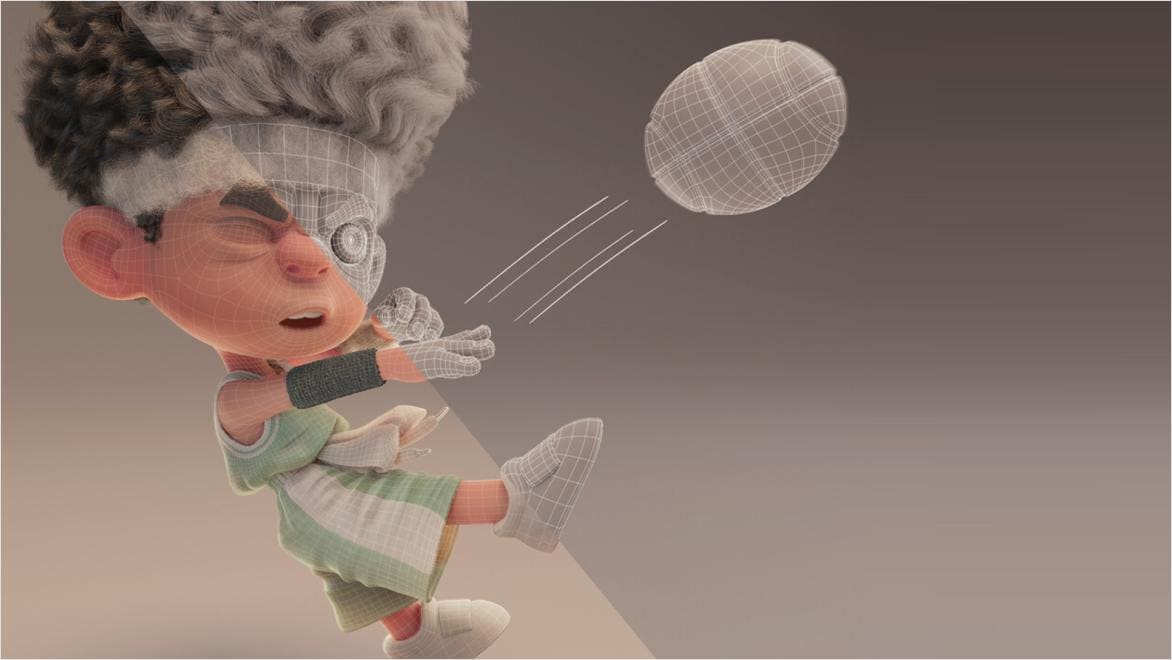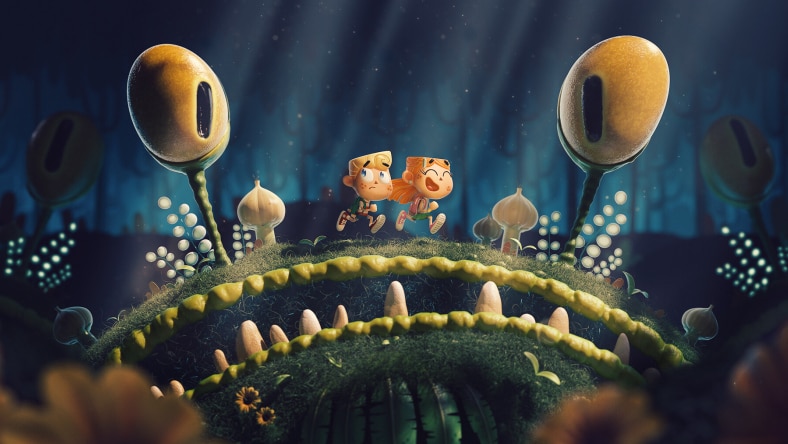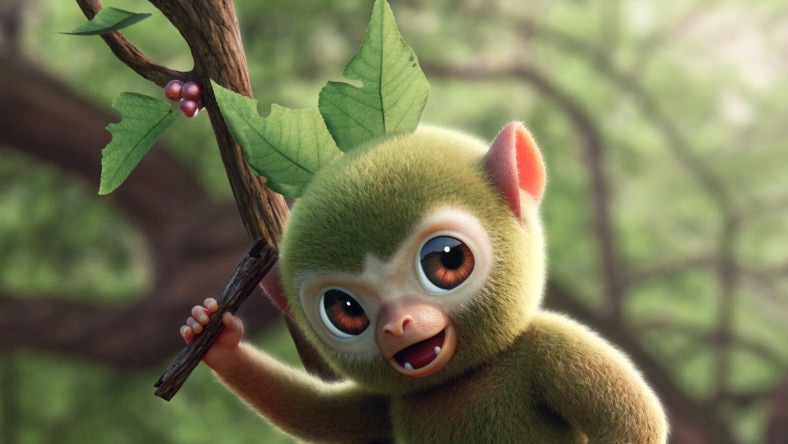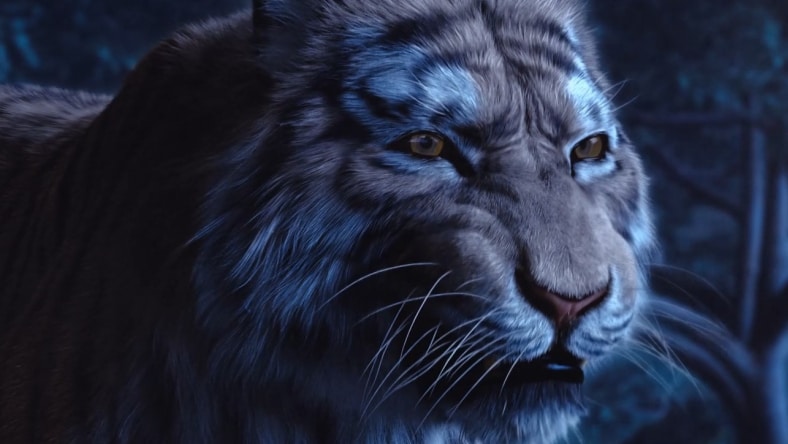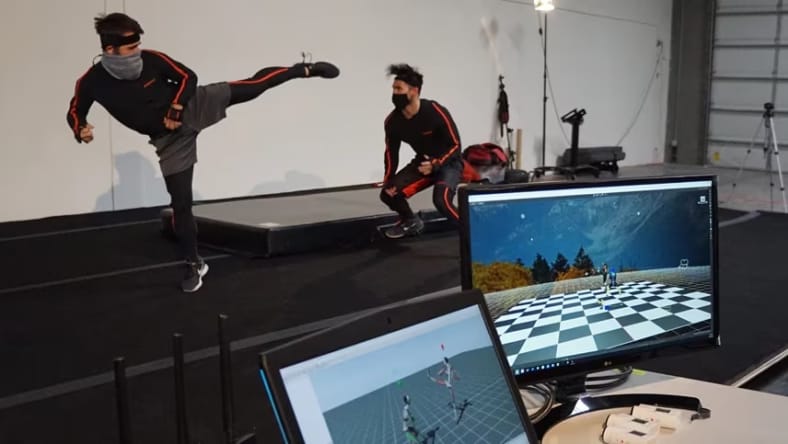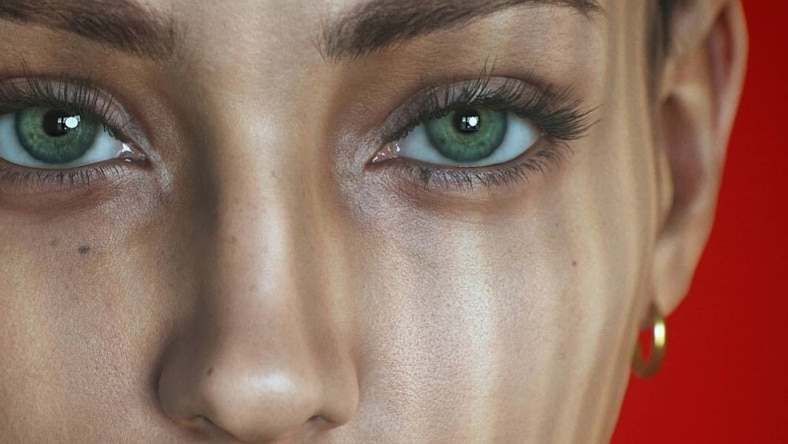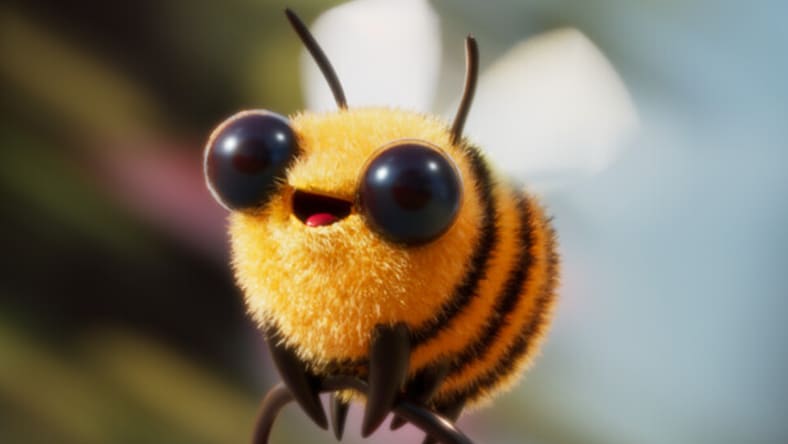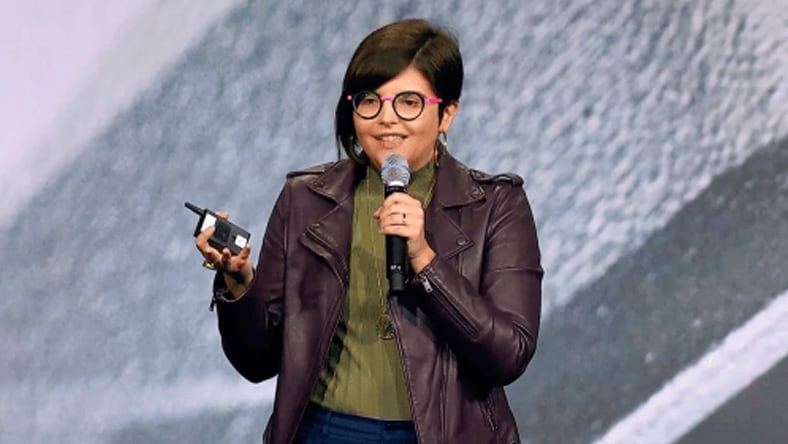& Construction

Integrated BIM tools, including Revit, AutoCAD, and Civil 3D
& Manufacturing

Professional CAD/CAM tools built on Inventor and AutoCAD
Image courtesy of Andrea Buitrago
Heroes' adventures need unexpected feats, but completing your projects shouldn't.
Animation studios around the world harness the power of Autodesk’s Design and Make Platform to unleash limitless creativity, conquer workflow challenges, and automate tasks to scale production.
When equipped with the right tools, you can focus on creating brilliant animated content for the big screen - from the hair and fur on characters to intricate details on environments. Whether you're going after a hyper-realistic or highly stylized look, our feature-rich 3D animation tools can help you deliver high- quality work that keeps clients coming back.
Explore how Mikros Animation pushes the boundaries of storytelling with Maya animation software.
Image courtesy of Mikros Animation
Keeping up with soaring appetite for content requires a high-performing and reliable 3D animation pipeline. Powerful 3D modeling, animation, and rendering software help you manage complex characters and scenes with ease; while professional production management tools remove bottlenecks and improve communication flow between teams.
Discover how ShadowMachine utilized Flow Production Tracking (formerly ShotGrid) to deliver "Guillermo Del Toro's Pinnochio".
Image courtesy of ShadowMachine
In a fast-evolving creative landscape, staying ahead is not just an advantage; it's a necessity. Embracing industry trends like AI and machine learning as well as cutting-edge technology like Universal Scene Description (USD) and cloud-based workflows can help automate repetitive tasks, streamline workflows, and reduce creative downtime.
Learn how Untold Studios raises the visual bar with collaborative cloud workflows.
Image courtesy of Untold Studios
The team behind the 2024 VES Student Award-winning animated short breaks down the making of their film.
2024 VES Student Award Winning Team from ARTFX
A behind-the-scenes look at how a global team of creatives joined forces to produce a heart-warming, animated short film.
Image courtesy of IGNITE Animation
Axis Studios shares how they created the gothic horror world of Innistrad for the launch of Wizards of the Coasts’ new “Magic: The Gathering” card set.
Image courtesy of Axis Studios
Create CG assets and characters for animated TV series and feature films.
Image courtesy of Chris Cragg
Breathe life into 3D models with powerful animation tools.
Image courtesy of Axis Studios
Create sophisticated rigs and dynamic performances for your characters and props.
Image courtesy of Alexandre Mougenot
Manage animation projects smoothly, no matter how many teams, artists, or assets are involved.
Image courtesy of Hasan Tawfiq
Capture motions of actors or objects and translate it into digital data.
Image courtesy of Superalloy Interactive
Add final touches such as lighting, shading, and textures to your animation.
Image courtesy of Rashed Abdullah
VIDEOS
Get exclusive learning content, industry insights, and behind-the-scenes access to a world of realistic 3D characters, exceptional effects, and expansive worlds.
Image courtesy of Roger Castro
COMMUNITY
Check out a list of animation organizations, education options, events and networking and more – to help you get ahead in your animation career.
Image courtesy of Rafael Medrado
AU 2023 TALK
Julie Ann Crommett, Founder and CEO of Collective Moxie and Secretary of Women in Animation (WIA) discusses the importance of inclusive storytelling in animation.
Flow will connect animation teams to a single source of truth for all assets, versions, and feedback. Harnessing the power of an open ecosystem and open standards, Flow will unify every tool in your pipeline, bringing data together seamlessly and accelerating project delivery. Artists no longer have to chase down files with access to everything they need to get started, right in the tools they already use every day. Flow will enable artists to automate repetitive tasks so they can iterate quickly, innovate, and deliver their best work every time.
3D animation uses computer graphics to make objects look like they’re moving in 3-dimensional space. Artists use 3D modeling software to build the objects. Next comes rigging, a virtual representation of an object or character’s skeleton. Animators pose the rig at strategic points so it appears to move. Newer methods of animation involve motion capture, which records an actor’s live movements for digital animation.
The most essential skills for making 3D animation are the comprehensive skills needed for animation software such as Maya or 3ds Max. These skills include creating 3D models, textures, lighting, other visual effects, and the animation itself through keyframing and/or motion capture.
Additional artistic and soft skills will also help. Understanding the principles of animation in general—like timing, spacing, anticipation, and squash-and-stretch—will apply to 3D animation specifically, as will a knack for drawing, visual composition, color, and design. Attention to detail and soft skills like problem-solving and good team communication are also important.
Creating a 3D animation takes a considerable amount of time, as well as skills and organization. The specific time it takes for 3D animation depends on the animation’s complexity and required detail, the number and experience level of contributors, the length of the animation, and the specific hardware and software technologies.
A very simple 3D animation may take only a few hours, or it could take several days to create a 30-second clip. Popular feature-length 3D-animated movies almost universally require a large team and multiple years to produce.
Yes, 3D animation can be and quite frequently is used in VR experiences. 3D animations help build out the immersive and interactive environments of VR. Their ability to represent hyperrealistic surroundings with lifelike textures, physics, lighting, and so forth can make VR worlds convincing to the user.
However, 3D animations intended specifically for VR use need to factor in concerns like user interactivity, potential motion sickness, and so on. Those concerns contribute to making 3D animations for VR even more complicated to create than 3D animations for traditional screens.
3D modeling and animation are crucial in game design software as they bring the game world and characters to life. They enhance the visual appeal and immersion of the game, allowing players to interact with realistic and engaging environments. 3D modeling and animation are used to create characters, objects, and environments, and to add movement and visual effects to the game. They play a vital role in creating a captivating and immersive gameplay experience.
